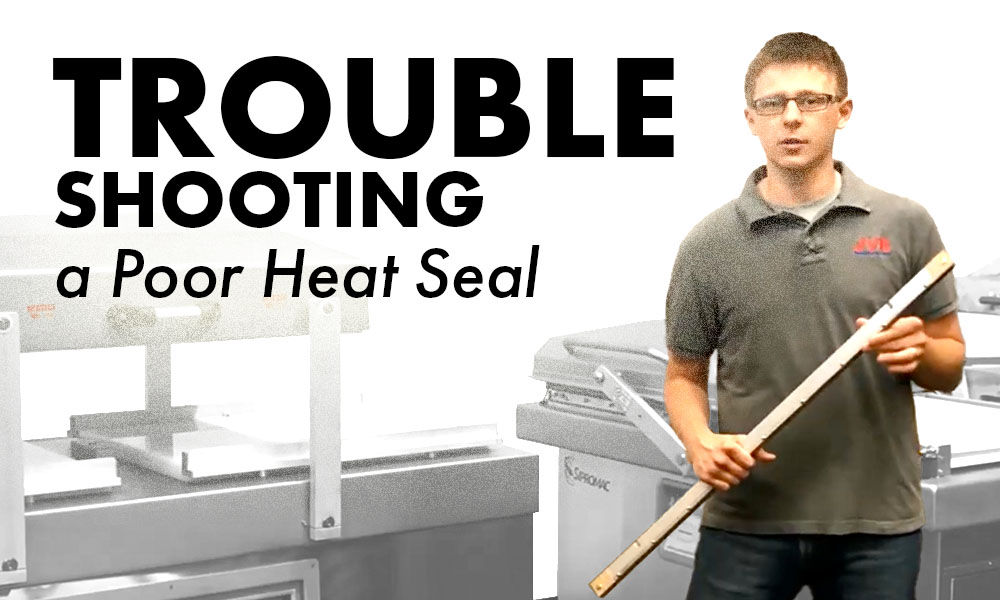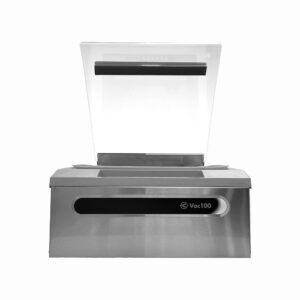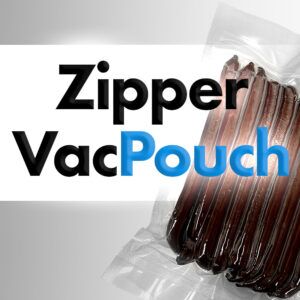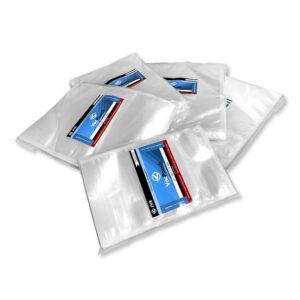Troubleshooting a Poor Heat Seal
Troubleshooting a Poor Heat Seal
Vacuum Packaging
Heat Seals… the good, the bad, and the ugly!
Having issues? Today we discuss “Troubleshooting a Poor Heat Seal.” Chances are if you’re reading this article you likely have some type of vacuum packaging machine. Dating back to the 1940s, vacuum packaging continues to be the best solution for extending the shelf life of most perishable goods. Without the need for freezing or adding unwanted preservatives, fresh meats, and countless other products can benefit from vacuum packaging. However, the positive results associated with vacuum sealing are greatly diminished when your packaging equipment is not properly maintained.
In this article, we’re going to review a common problem with vacuum-sealed products and a few potential solutions that may save you a lot of time and money. Commonly referred to as “leakers”, you may find that a percentage of your vacuum-packaged items will loosen up over time thus exposing your product to oxygen and microorganisms that contribute to spoilage. Since a slow “leaker” is often not immediately identified they can easily be overlooked and sent out to customers. Many times, defects in the packaging materials are thought to be the cause of a slow “leaker” but more often it is actually the heat seal applied by the machine that is compromised.
A good seal requires three things; pressure, temperature, and a flat bag.
Pressure
Hold your vacuum-sealed bag up to a light so you can really see what’s going on. Poor seal pressure will result in a seal that looks spotty or broken. If this is your problem, then you might be tempted to correct it by turning up the seal time, but this won’t provide the results you’re looking for. The most likely cause would be a leak in your machine’s seal bellow or piston. Depending on the manufacturer, your machine will either have bellows or pistons located up in the lid or on the deck.
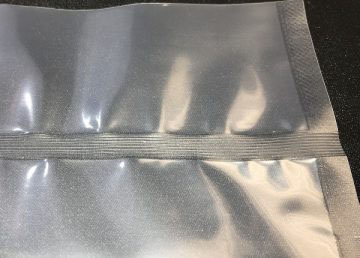
Good seal on a machine equipped with seal and hot-wire cut option
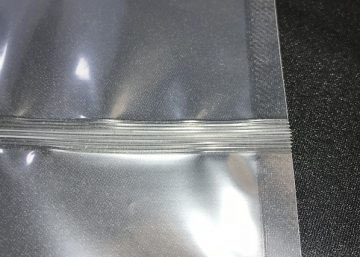
Bad seal caused by a leaky bellow on a machine equipped with seal and hot-wire cut option.
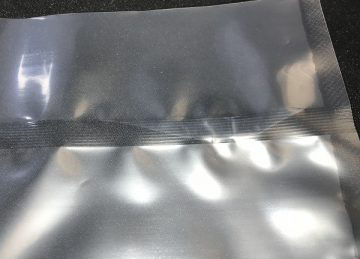
Bad seal caused by a poorly aligned seal bar on a machine equipped with a single 4mm seal wire.
Temperature
What if the seal pulls apart too easily and won’t hold up during normal handling? You may simply need to adjust your seal time so the wire heats up more. Or maybe the seal wire you’re using isn’t correct. Every machine is designed to use a specific width, shape, and thickness of seal wire. When replacing you must verify that the Teflon tape and seal wire being installed is in compliance with the manufacturer’s specifications.

Good seal on a machine equipped with a 10mm wide seal wire.

Bad seal due to excessive heat applied to seal wire. Notice the sealant layer oozing out the end.

Bad seal due to not enough heat. Notice the seal looks faint and is able to be separated with little effort.
A Flat Bag
Oftentimes the most likely cause for a heat seal “leaker” is also the most obvious. Pay close attention when laying bags across the bar prior to closing the lid. The opening of the pouch should be laid flat across the bar and needs to be long enough that the mouth is able to close.
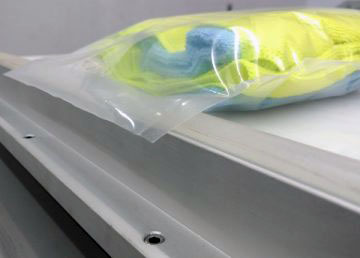
Properly staged bag on vacuum packaging machine
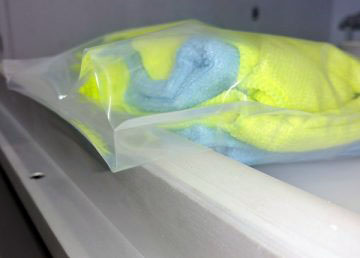
Poorly staged bag on vacuum packaging machine
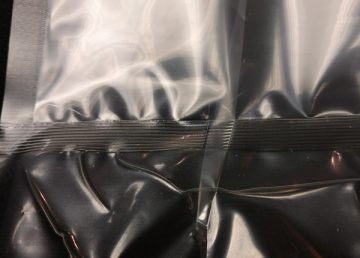
Significant creases in the seal area due to a poorly staged bag
This article is one of a series of troubleshooting articles meant to assist customers in addressing concerns with their vacuum packaging equipment. If you’re currently vacuum packaging but aren’t satisfied with the results you’re receiving, then please consider contacting tech support at JVR Industries. Based just outside of Buffalo, NY JVR has specialized in vacuum packaging equipment for over 45 years and offers free over-the-phone technical support for all brands of equipment.

